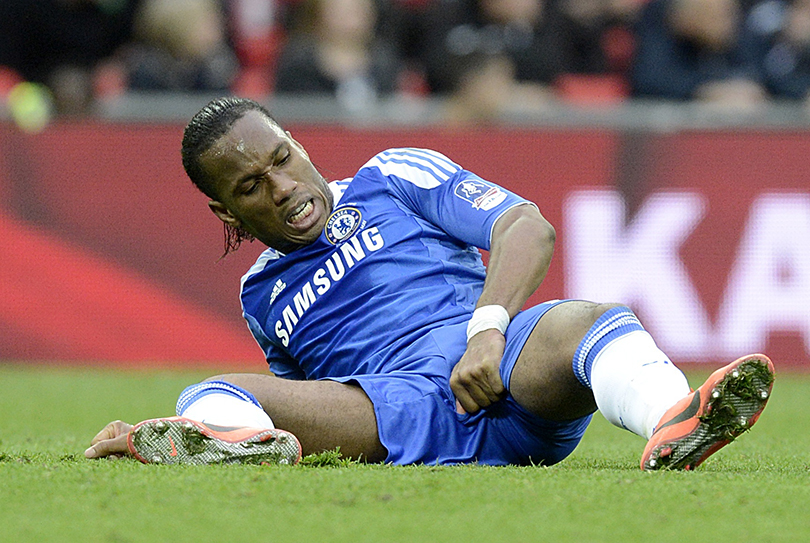How to avoid a pulled groin
Spread your legs, hold your breath and let former Bolton physio Andy Mitchell help you

WHERE DOES IT HURT?
If you’re feeling pain around your inner thigh, it’s because you’ve damaged your adductors – the muscles that make up your groin. This injury occurs through a sudden action like kicking, sprinting or turning, or through a more gradual onset over many games and training sessions.
SO EXACTLY WHAT’S GOING ON IN THERE?
If a player feels a sudden acute pain then they’ve suffered a strain and the muscle fibres have been damaged. If the pain has come on over a period of time it’s more likely to be tendon damage.
DON’T WORRY, IT’S NOT GOING TO KILL YOU…
Get FourFourTwo Newsletter
The best features, fun and footballing quizzes, straight to your inbox every week.
A few fibres will have been damaged during a grade one strain, resulting in a little bleeding and bruising. This will heal quickly and the player will return in seven to 10 days. Bruising is visible from a grade two strain, caused by extensive bleeding in the muscle. A player can be out of action from two to eight weeks. There will be widespread bleeding from a grade three strain and severe bruising. This takes more than eight weeks to heal, and it can take three to four months before the player is ready to play again.
HOW TO PREVENT IT FROM HAPPENING
A good warm-up, including stretches, functional movements and sprints, is essential. Performing regular strengthening exercises like lunges, squats and hopping will help. Flexibility exercises also increase the suppleness of the groin, and glute exercises have been shown to reduce the risk of injury, so give them a try too.
